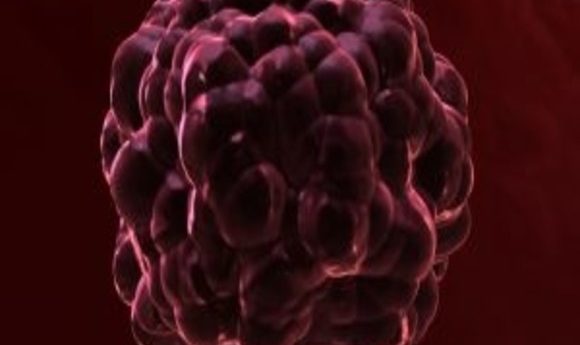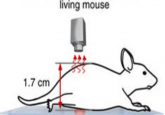Magnetoferritin: a new effective marker for tumor diagnosis and treatment?

A novel magnetoferritin-based method allows doctors to more accurately diagnose malignant cells, providing additional opportunities for cancer treatments.

One major problem in diagnostic radiology today is the lack of accuracy due to insufficient contrast between the cells of interest and the background environment. Before taking MRIs, small quantities of ‘contrast agents’ are typically added to increase visibility of cells. Commonly used agents include superparamagnetic iron particles and gadolinium contrast agents.
Such contrast agents may carry significant health risks, which have not been explored fully yet. For example, gadolinium has been found to sequester in the brain and this build-up may cause cognitive decline.
A research group led by Gil Westmeyer of the Technical University of Munich (Germany), consisting of scientists from the National University of Science and Technology (NUST) MISiS (Moscow, Russia), the Technical University of Munich, Helmholtz Zentrum München, the University of Duisburg-Essen, and the University of Oldenburg (all Germany) may have found a solution.
“The international research team…has developed a unique injection diagnosis system based on magnetoferritin. The developed system will significantly improve the quality of MRIs and optical diagnosis,” says Alevtina Chernikova (NUST MISIS).
Magnetoferritin is a compound containing a magnetic nucleus that consists of endogenous human protein (ferritin). While the synthesis of magnetoferritin has existed for several years, previous attempts with magnetoferritin did not provide enough contrast to be used practically in imaging. In addition, further development and extensive testing was required for compatibility with the tumor cells.
By increasing the magnetization of the magnetite core of the molecule, the scientists were able to force tumor cells to selectively uptake the contrast agent within their lysosomes. The contrast agent is compatible with the human body and is also hypoallergenic, making it safer than current contrast agents while still able to give robust contrast signals.
Further research will need to be done to determine the best delivery method of magnetoferritin into the body. Currently, “an intravenous injection of magnetoferritin has been proposed. Then, spreading with the blood flow, [the magnetoferritin] will be captured by the targeted tumor cells. As has been shown in a large number of studies, these cells actively capture transferrin – the protein responsible for transport of iron in blood…Once [the magnetoferritin] gets into the lysosomes of targeted cells, the magnetoferritin will further enhance the contrast signal,” explains Ulf Wiedwald (University of Duisburg-Essen). Additional testing will be required to see if attenuation of the signal will occur in the blood.
This system also opens up opportunities for new tumor therapies. When the cancerous cells are identified, they can be targeted by an electromagnetic field or light, which would heat the cells and subsequently cause death. This targeted approach could be more effective than treatments such as chemotherapy or radiation. Other potential therapeutics include the heat-activated release of drugs that will also be able to specifically target the tumor cells.


